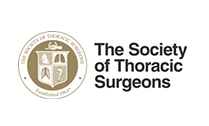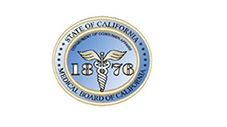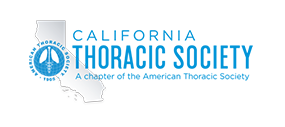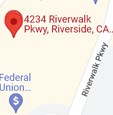Paraesophageal Hernia Repair
Paraesophageal hernias occur when the stomach, colon, small bowel, omentum or spleen protrude into the chest. Most patients are asymptomatic but the hernia can cause severe complications such as bleeding, obstruction, strangulation of the stomach's blood supply, and perforation of the stomach which could be lethal.
Surgery is the treatment of choice and was historically approached with either a large chest or abdominal incision. Currently, paraesophageal hernias can be repaired using a minimally invasive laparoscopic approach, which reduces hospital stay, reduces complication rates, and shortens postoperative recovery time significantly. The repair involves reducing the stomach or other organs into the abdomen, removing the hernia sac, closing the defect with mesh if necessary, wrapping the stomach (fundoplication) and then fixing the stomach in the abdomen with a gastrostomy feeding tube.





















